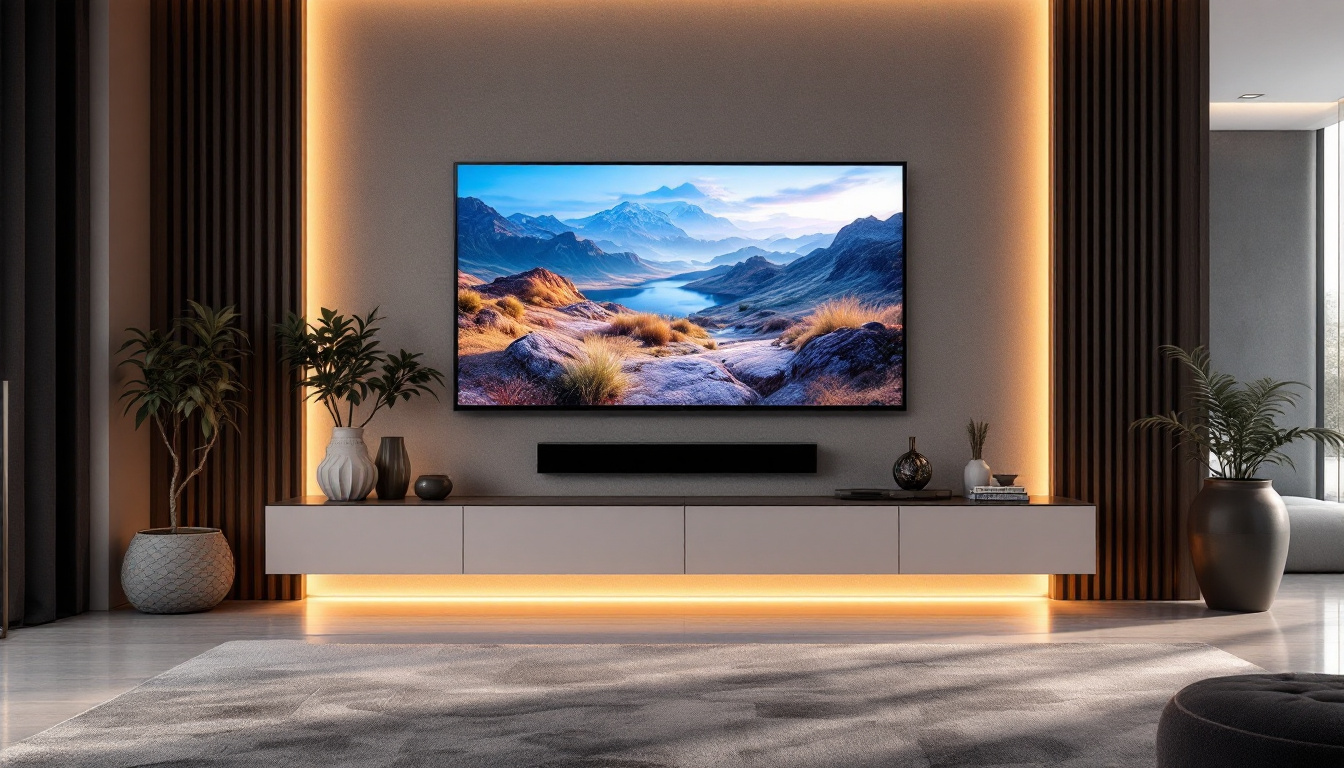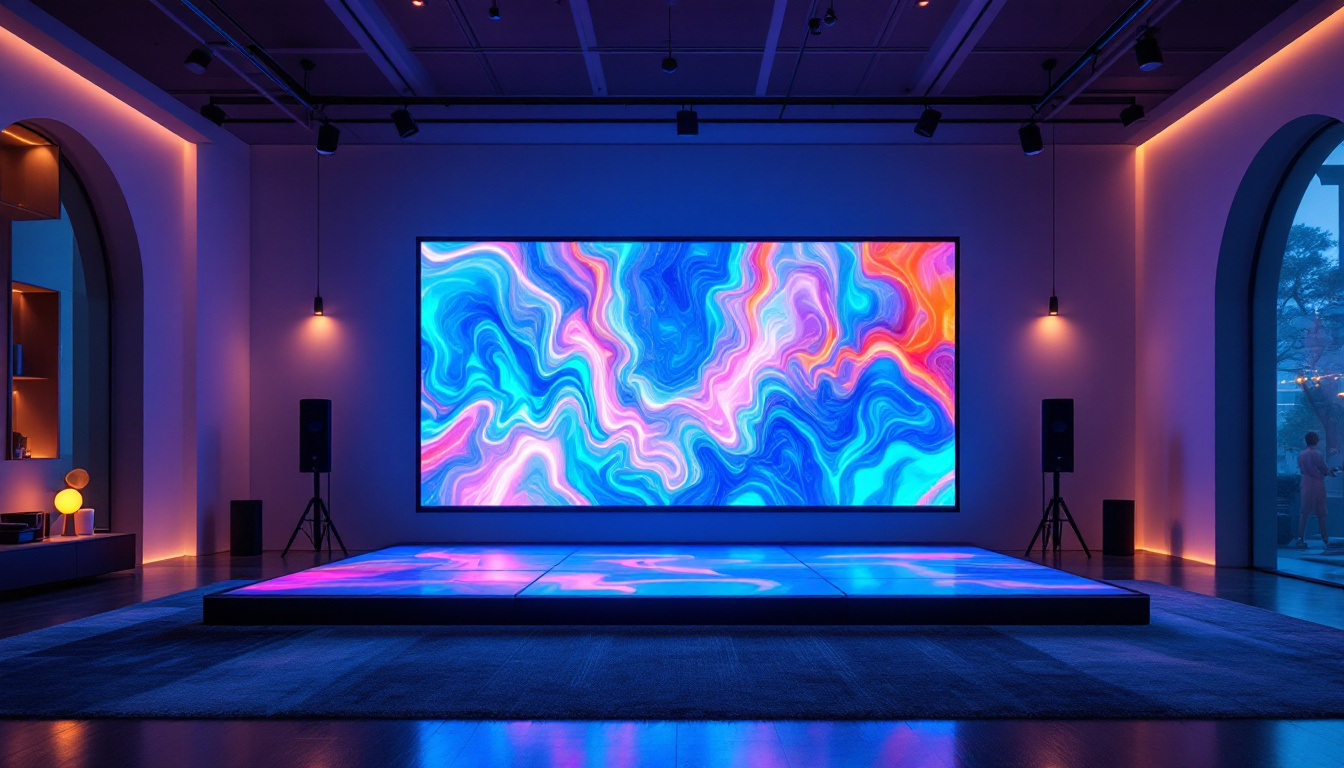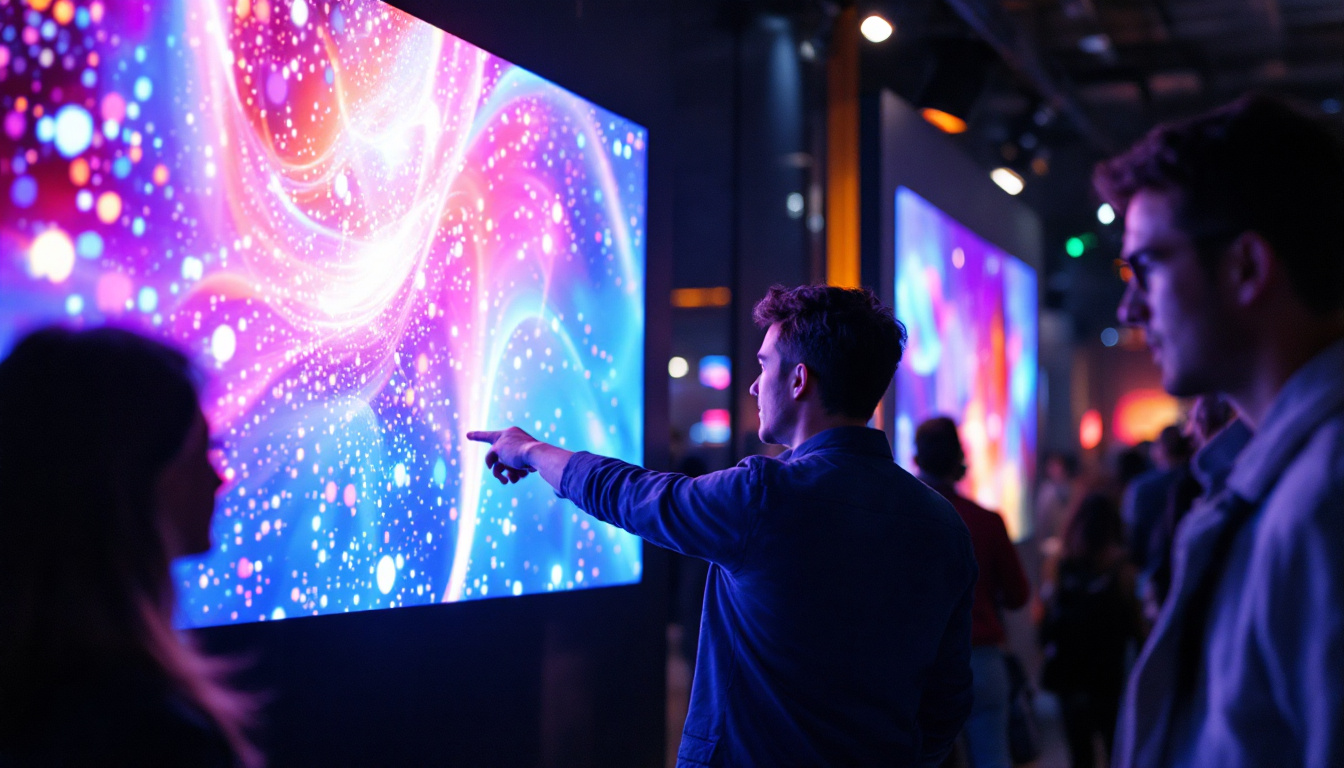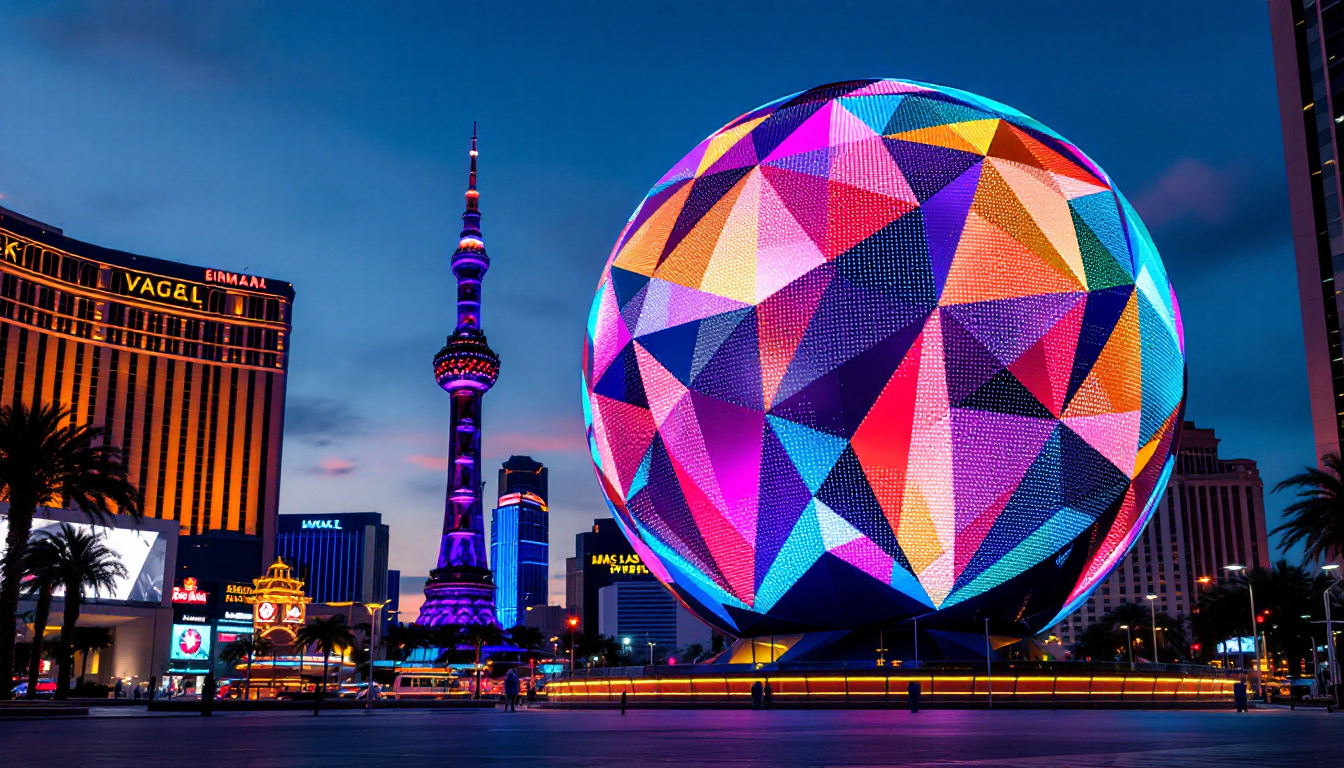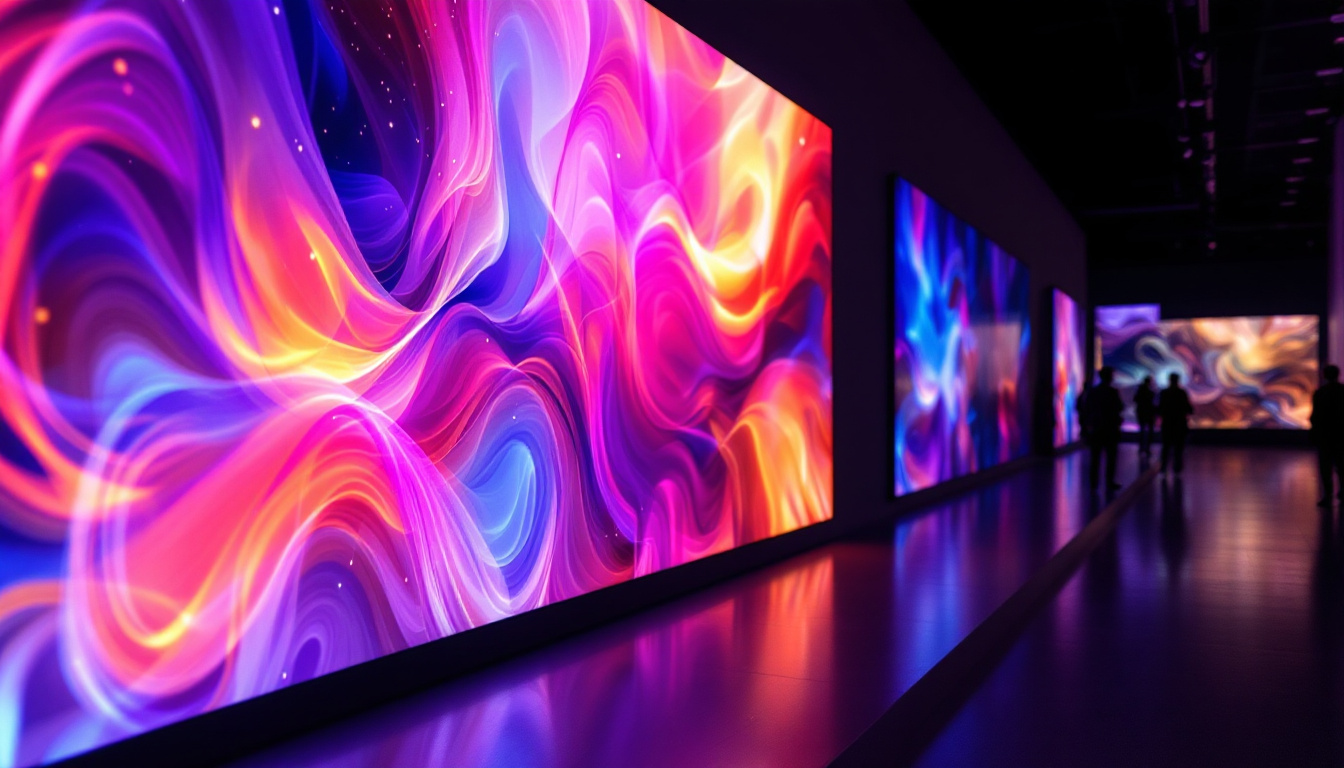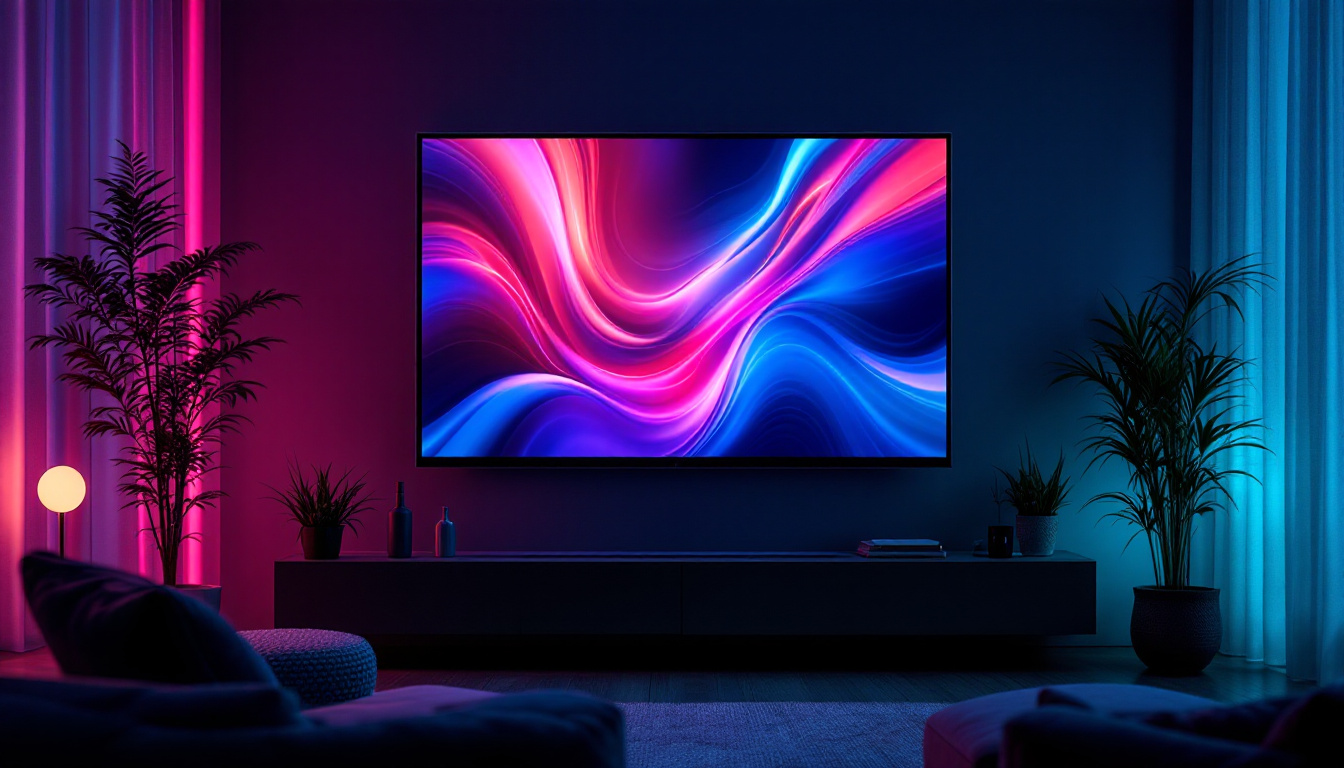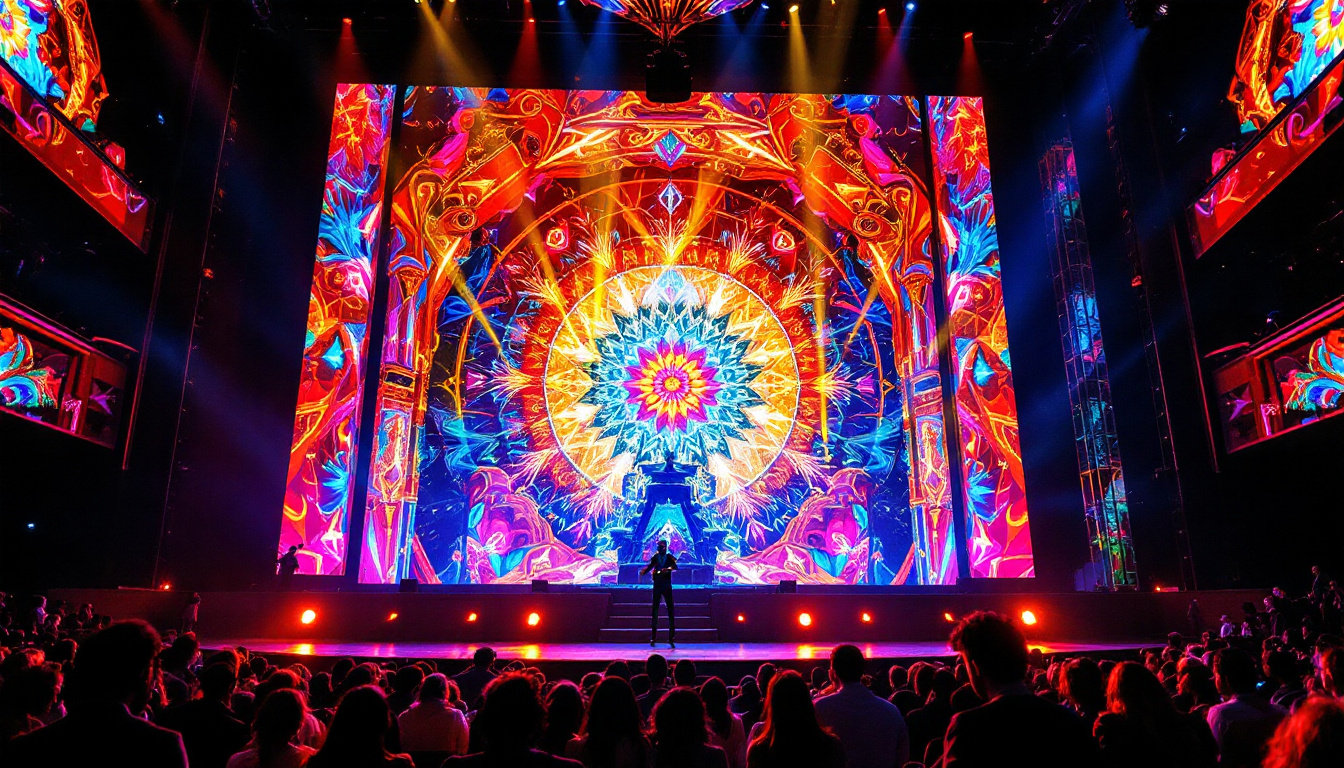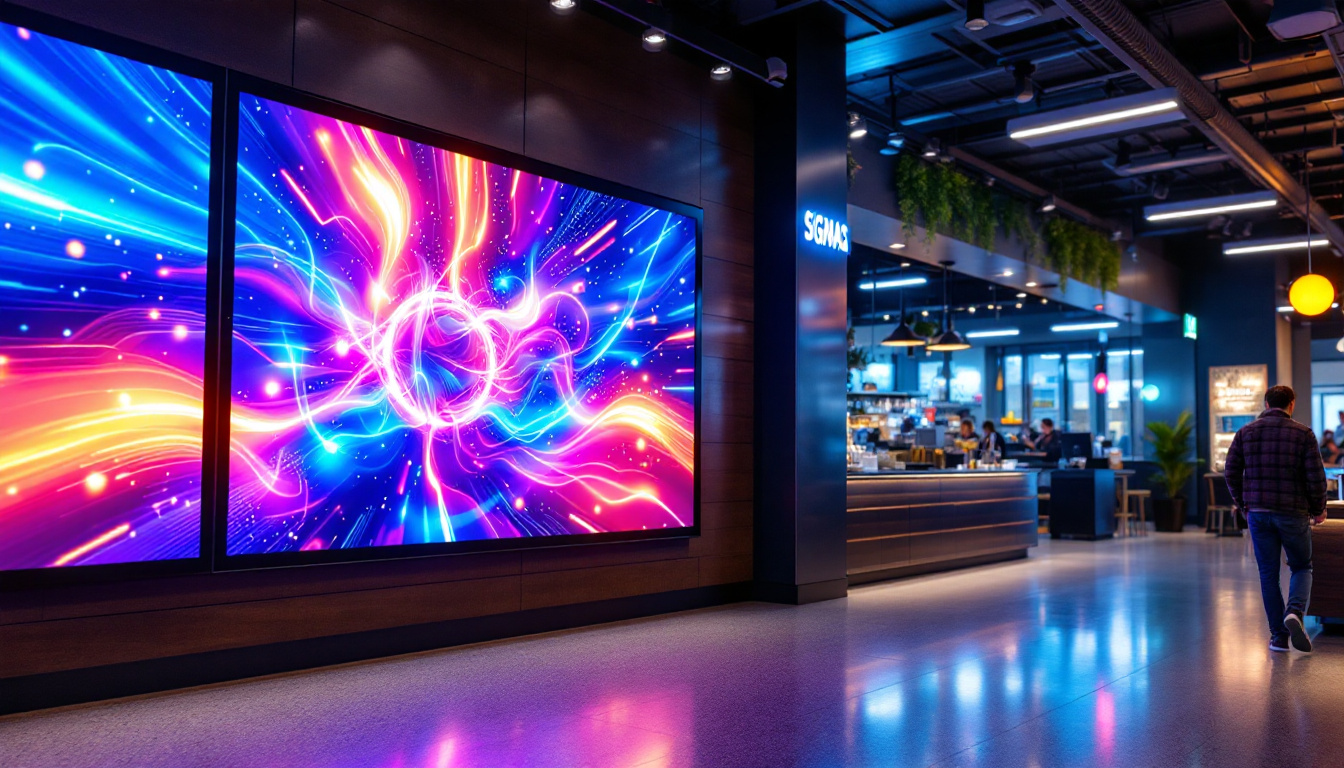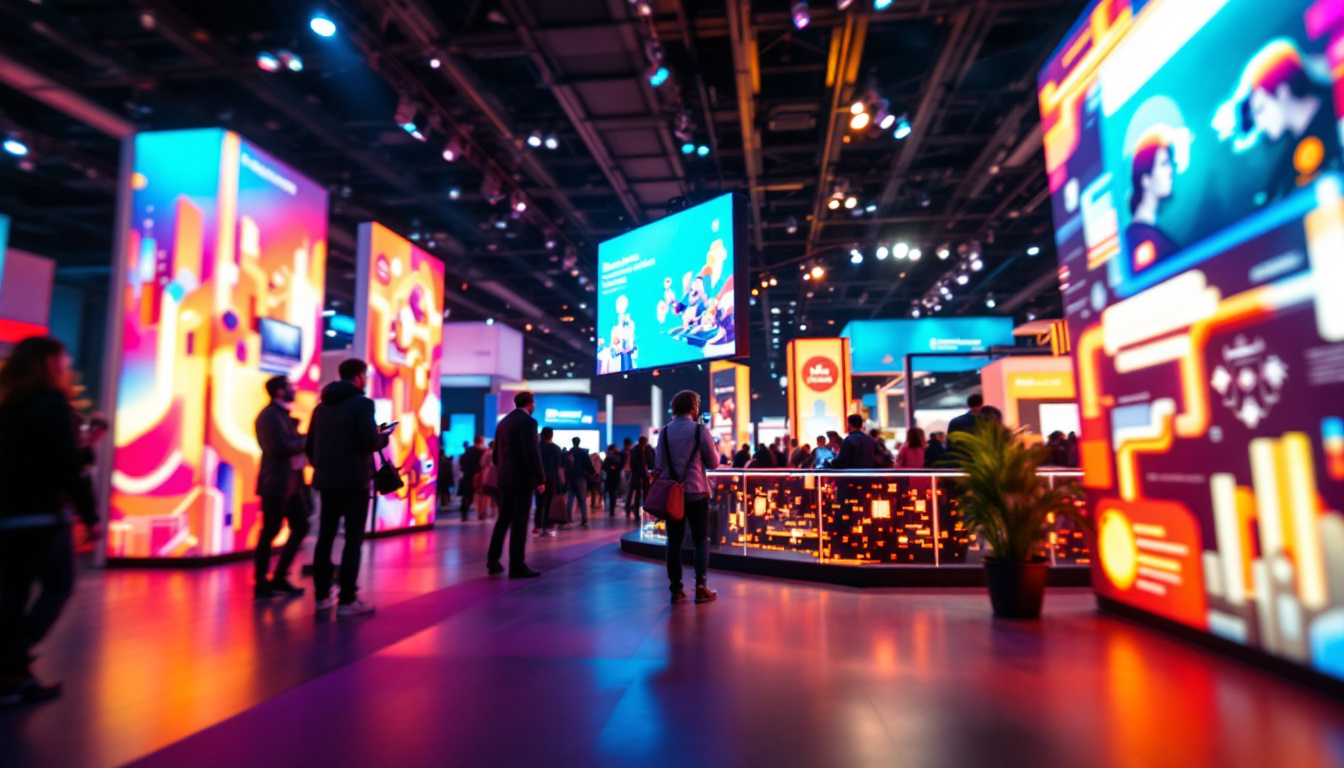Interactive LCD Display: LED Display Explained
In today’s fast-paced digital world, the demand for high-quality visual displays has never been greater. Interactive LCD displays and LED displays are at the forefront of this technological evolution, offering vibrant colors, sharp images, and versatile applications. Understanding the differences and functionalities of these display technologies is essential for making informed decisions in various fields, from education to advertising.
Understanding LCD and LED Technologies
Before delving into the specifics of interactive LCD and LED displays, it is crucial to understand the basic technologies behind them. Both LCD (Liquid Crystal Display) and LED (Light Emitting Diode) are popular display technologies that serve different purposes and can be used in various environments.
What is an LCD Display?
An LCD display utilizes liquid crystals sandwiched between two layers of glass or plastic. When an electric current passes through the liquid crystals, they align in such a way that they either block or allow light to pass through, creating images. LCDs are known for their thin profile, lightweight design, and energy efficiency, making them a popular choice for televisions, computer monitors, and interactive displays.
One of the key advantages of LCD technology is its ability to produce sharp images with excellent color accuracy. However, traditional LCDs can struggle with contrast and black levels, as they rely on a backlight to illuminate the screen. This limitation has led to the development of advanced LCD technologies, such as In-Plane Switching (IPS) and Vertical Alignment (VA), which enhance viewing angles and improve color reproduction. IPS panels, for instance, are particularly favored for their wide viewing angles, making them ideal for collaborative environments where multiple users need to view the screen from different positions.
What is an LED Display?
LED displays, on the other hand, are a type of LCD that uses LEDs as a backlight instead of traditional fluorescent lights. This innovation allows for improved brightness, contrast, and energy efficiency. LED displays can be further categorized into two types: edge-lit and direct-lit. Edge-lit LED displays use LEDs placed around the perimeter of the screen, while direct-lit displays have LEDs spread across the entire screen, providing more uniform lighting.
LED technology has gained immense popularity due to its ability to produce vibrant colors and deep blacks, making it ideal for dynamic content such as videos and games. Furthermore, LED displays are often thinner and lighter than their traditional LCD counterparts, enhancing their portability and ease of installation. The advancements in LED technology have also paved the way for high dynamic range (HDR) displays, which offer a broader spectrum of colors and improved contrast ratios, allowing viewers to experience content with greater depth and realism. This capability is particularly beneficial in applications such as digital signage and large-scale video walls, where visual impact is paramount.
Interactive LCD Displays: Features and Benefits
Interactive LCD displays combine the advantages of LCD technology with touch-screen capabilities, allowing users to engage directly with the content displayed on the screen. This interactivity has transformed the way information is presented and consumed in various settings, including classrooms, conference rooms, and public spaces.
Enhanced User Engagement
One of the most significant benefits of interactive LCD displays is their ability to enhance user engagement. By allowing users to touch, swipe, and manipulate content directly on the screen, these displays create a more immersive experience. This is particularly valuable in educational environments, where interactive lessons can foster better understanding and retention of information.
In corporate settings, interactive displays can facilitate brainstorming sessions and collaborative work, enabling teams to visualize ideas and strategies in real time. The tactile nature of these displays encourages participation and can lead to more productive discussions.
Versatile Applications
Interactive LCD displays are incredibly versatile and can be used in a wide range of applications. In education, they serve as digital whiteboards, allowing teachers to present lessons dynamically and interactively. In retail, businesses use them for digital signage, showcasing products and promotions while allowing customers to engage with the content.
Moreover, in healthcare, interactive displays can be utilized for patient education, enabling healthcare providers to explain complex medical information in an easily digestible format. The adaptability of these displays makes them valuable tools across various industries.
Improved Collaboration and Communication
In an increasingly globalized world, collaboration and communication are essential for success. Interactive LCD displays facilitate this by providing a platform for remote meetings and presentations. With features such as screen sharing and video conferencing capabilities, teams can connect seamlessly, regardless of their physical location.
These displays can also integrate with various software applications, enabling users to access and share documents, presentations, and other resources in real time. This level of connectivity enhances teamwork and ensures that everyone is on the same page, leading to more effective outcomes.
LED Displays: Advantages and Applications
LED displays have revolutionized the world of visual technology, offering numerous advantages over traditional LCD displays. Their unique characteristics make them suitable for a variety of applications, from advertising to entertainment.
Superior Brightness and Color Quality
One of the standout features of LED displays is their superior brightness. This makes them ideal for outdoor advertising, where sunlight can wash out the visibility of traditional displays. LED technology allows for vibrant colors and high contrast, ensuring that content remains eye-catching and engaging, even in bright conditions.
Additionally, LED displays can achieve deeper blacks and a wider color gamut, resulting in more lifelike images. This quality is particularly advantageous in the entertainment industry, where visual fidelity is paramount.
Energy Efficiency and Longevity
Energy efficiency is another significant advantage of LED displays. Compared to traditional LCDs, LED displays consume less power, making them more environmentally friendly and cost-effective in the long run. This is especially important for businesses that rely on large-scale displays, such as billboards or digital signage, where energy costs can add up quickly.
Furthermore, LED displays have a longer lifespan than traditional displays, often lasting up to 100,000 hours or more. This durability reduces the need for frequent replacements, contributing to lower maintenance costs and less electronic waste.
Dynamic Content and Flexibility
LED displays are highly adaptable, allowing for dynamic content that can be easily updated or changed. This flexibility is invaluable for businesses that want to keep their messaging fresh and relevant. Whether it’s a promotional campaign, event announcement, or real-time information, LED displays can be programmed to display a wide range of content quickly and efficiently.
This adaptability also extends to the physical design of LED displays. They can be configured in various shapes and sizes, from large video walls to smaller screens, making them suitable for a variety of settings, including retail spaces, stadiums, and corporate environments.
Choosing the Right Display Technology
When selecting between interactive LCD displays and LED displays, several factors must be considered. Each technology has its strengths and weaknesses, and the choice ultimately depends on the specific needs and goals of the user.
Consider the Environment
The environment in which the display will be used plays a crucial role in determining the best technology. For outdoor applications, LED displays are often preferred due to their superior brightness and visibility in sunlight. In contrast, interactive LCD displays may be more suitable for indoor settings, such as classrooms or conference rooms, where touch interaction is essential.
Assess the Content Type
Another important consideration is the type of content that will be displayed. If the primary focus is on static images, text, or presentations, an interactive LCD display may be the ideal choice. However, for dynamic content such as videos, animations, or advertisements, LED displays can provide a more engaging experience.
Budget and Long-Term Costs
Budget constraints are always a factor in any purchasing decision. While LED displays may have a higher initial cost, their energy efficiency and longevity can lead to lower long-term costs. On the other hand, interactive LCD displays may be more affordable upfront but could require more frequent updates or replacements depending on usage.
Future Trends in Display Technology
The world of display technology is constantly evolving, with new advancements and innovations emerging regularly. As the demand for high-quality visuals continues to grow, several trends are shaping the future of interactive LCD and LED displays.
Integration of AI and Smart Features
Artificial intelligence (AI) is increasingly being integrated into display technologies, enhancing their functionality and user experience. Smart features such as gesture control, voice recognition, and personalized content delivery are becoming more common in interactive displays. These advancements enable users to interact with displays in more intuitive ways, making the experience more seamless and engaging.
Enhanced Connectivity and Interactivity
As connectivity becomes more prevalent, the ability to connect displays to various devices and networks is essential. Future displays will likely incorporate advanced connectivity options, allowing for easy integration with smartphones, tablets, and other devices. This will enable users to share content effortlessly and enhance collaboration in both personal and professional settings.
Focus on Sustainability
With growing concerns about environmental impact, sustainability is becoming a key focus in display technology. Manufacturers are increasingly prioritizing eco-friendly materials and energy-efficient designs. This trend is expected to continue, with innovations aimed at reducing electronic waste and promoting recycling.
Conclusion
Interactive LCD displays and LED displays represent two of the most significant advancements in visual technology. Each offers unique advantages and applications, making them suitable for various environments and purposes. Understanding the differences between these technologies is essential for making informed decisions that align with specific needs and goals.
As technology continues to evolve, the future of interactive displays looks promising, with advancements in AI, connectivity, and sustainability paving the way for even more innovative solutions. Whether for education, business, or entertainment, the right display technology can enhance engagement, communication, and overall user experience.
In a world where visual communication is paramount, investing in the right display technology is not just a choice; it is a necessity for success in the digital age.
Discover LumenMatrix’s Innovative LED Display Solutions
As you consider the future of visual technology for your business or project, take the next step with LumenMatrix. Our commitment to revolutionizing visual communication is evident in our extensive range of LED display modules. From vibrant Indoor and Outdoor LED Wall Displays to dynamic Vehicle and Sports LED Displays, and from sleek LED Poster Displays to immersive Floor and Custom LED solutions, LumenMatrix is at the forefront of creating captivating visual experiences. Embrace the digital age with our All-in-One and Transparent LED Displays that promise to enhance brand visibility and audience engagement. Check out LumenMatrix LED Display Solutions today and empower your message to resonate with impact and clarity.


